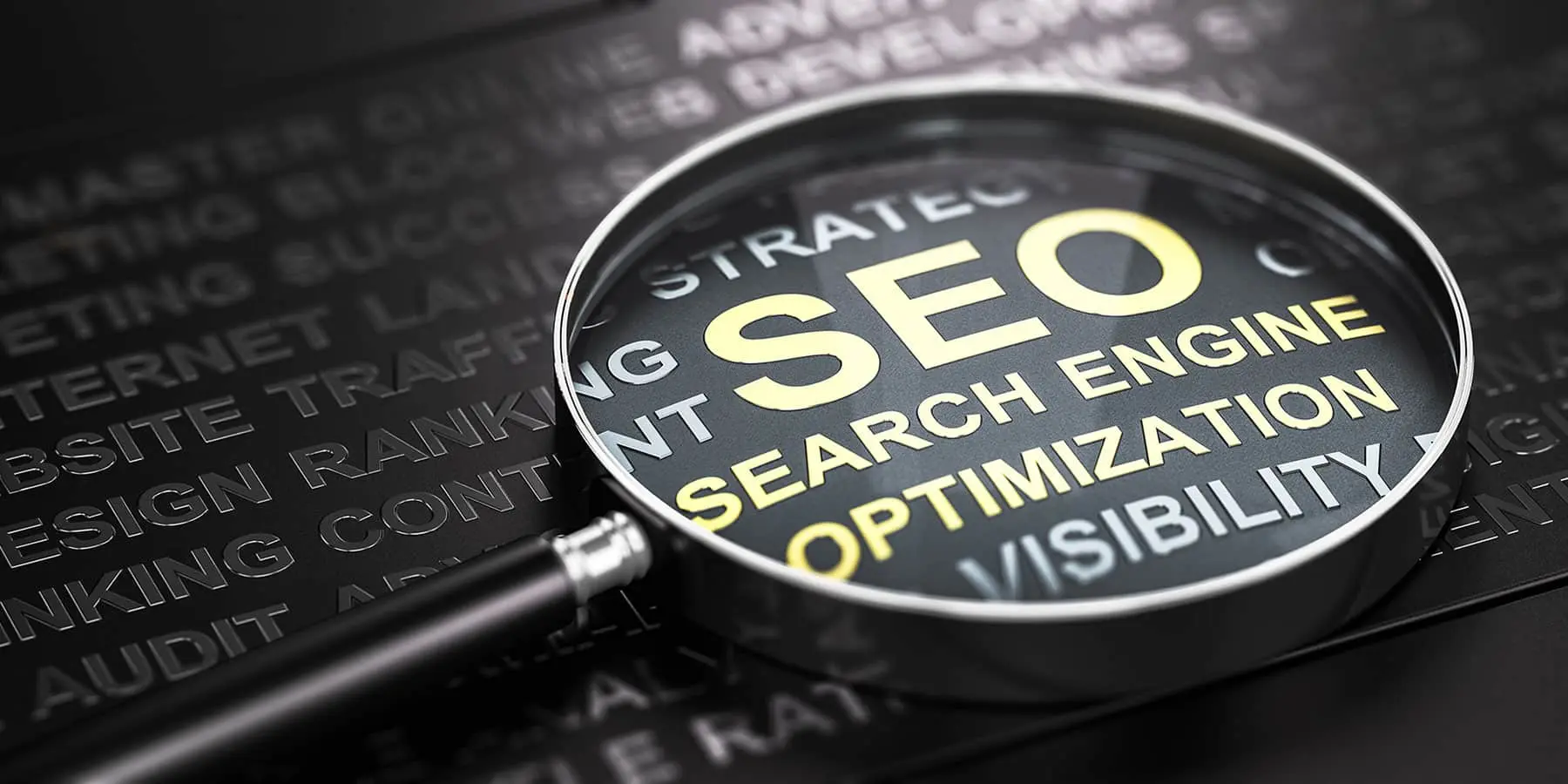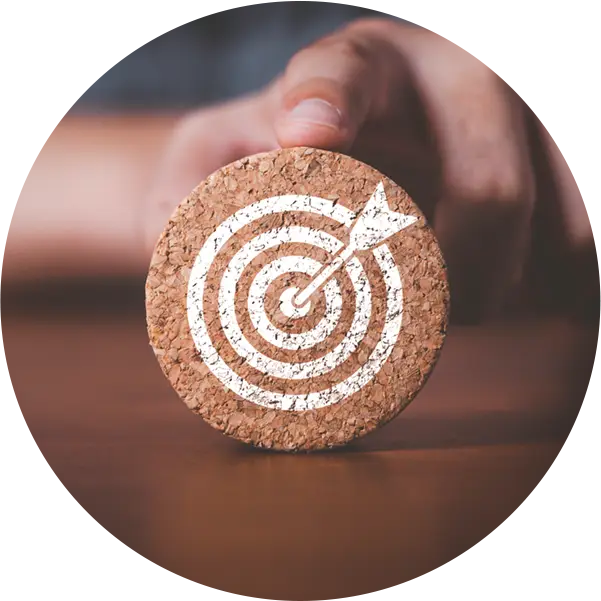Key Takeaways:
SEO is often way more effective than PPC at driving sales for small businesses.
When Google ranks your website, it looks at factors such as mobile-friendly design, page loading speed, and backlinks.
It’s important to leverage both on-page and off-page SEO to maximize traffic to your site.
At Technology Therapy® Group, we’re all about search engine optimization (SEO). SEO has some distinct advantages over PPC. It’s cost-effective and delivers long-term results. And it cultivates consumers’ awareness of and trust in your brand.
Many marketers claim that SEO is significantly more powerful at increasing their profits than PPC. According to a survey from Databox, 70% of the marketers surveyed said that SEO was more effective than PPC at driving sales for their business.
Whether you’ve been doing SEO for a few weeks or a few years, however, it’s easy to get confused by SEO jargon. Here are 20 SEO terms explained to elevate your industry knowledge so you can talk about SEO like a pro.
70% of marketers claim that SEO is more effective than PPC at driving sales for their business.
Databox survey
1. SERP
This acronym stands for “search engine results page.” It’s the page of results that Google shows after a web user searches for something online.
2. Ranking Factor
This term refers to a criterion that a search engine uses to sort search results according to their quality and relevance to a certain query. Some examples of ranking factors are the mobile-friendly design of your website, page loading speed, and backlinks. How long it takes for Google to rank a web page varies. Per Moz, it can take as long as months or as short as a few hours.
3. On-Page SEO
Anything that’s directly on your business’s website that makes it easier to rank higher in search engine results. For instance, your website’s image alt tags, HTML code, meta descriptions, and keywords fall into the “on-page SEO” category.
4. Off-Page SEO
As you may have guessed, off-page SEO is anything that you do outside of your site to boost your website’s ranking in the SERP. Some examples of off-page SEO are social media marketing and link building. Email and influencer marketing also fall under this label.
5. Black Hat SEO
This phrase refers to the process of getting your site to rank higher in the SERP using methods that violate search engine guidelines. Sneaky redirects, keyword stuffing, and cloaking are some instances of black hat SEO.
6. Domain
This term is the address or location of your website. In other words, it’s what a user types into their web browser when they want to visit your business’s site. (Not sure if you own your own domain? Here’s how to find out!)
7. Algorithm
The formula that a search engine like Google uses to rank web pages whenever someone types in a word or phrase into the search engine field. Algorithms are constantly changing, so it’s important to stay up to date on them so you can tweak your marketing strategy accordingly.
8. Keywords
This phrase denotes words or a group of words that someone types into a search engine when browsing for products and services or seeking answers to their questions. When your web pages and blogs incorporate commonly used keywords, it’s easier for your website or blog to appear higher in the SERP, which boosts the visibility of your content.
9. Keyword Density
This term refers to how a content combines quality information with important keywords. To get great keyword density, ditch any ideas of keyword stuffing and try to focus on giving people valuable, easy-to-read content.
10. Meta Title
Sometimes called a “title tag” or “SEO title”, this phrase is the text displayed on the SERP and browser tabs that indicates a web page’s topic. It gives both search engines and visitors a summary of what a certain web page is about.
11. Meta Description
The brief summary of a web page or blog that shows up under a link when it appears in the SERP. This snippet of text doesn’t appear on the actual web page, it’s more of a “behind the scenes” tool that helps search engines connect people with your content.
12. Sitemap
Sometimes called an XML sitemap or Sitemap.xml, this term refers to a 2D image or drawing that represents your website’s structure. It’s a hierarchical diagram or map that helps search engines find, crawl, and index your website’s content.
13. Crawler
Also known as a search engine spider, a crawler is a virtual bot that visits your website. It functions as the “spy” for search engines, since it continually evaluates any content and changes, then reports this to the search engine.
“Google can rank your page in hours, days, weeks, or months. A number of factors determine how long SEO takes to work, including the popularity of the content, technical considerations, crawl budget, and a host of other factors.”
Moz
14. Indexing
This refers to the ranking process that begins once a bot has crawled your website. It’s the search engine’s way of compiling information about web pages in one database, so it can promptly connect search engine users with quality, relevant results.
15. Alt Text
The alt text is the description you assign any image you use in your web content. Alt text will show on a page if the image fails to load, and will also be read aloud by screen readers used by visually impaired users. Additionally, alt text is another ranking factor that search engines use when evaluating your site and deciding where to list it in the search results.
16. Link Building
The process of getting external pages to link to one of your website’s pages. Guest posting is just one way that a small business leader can generate more links back to their website, which in turn, generates more visibility to your brand and content.
17. Responsive Web Design
This phrase refers to a website that is designed so it can easily be viewed on multiple devices. If your website is responsive, it’s simple for customers to access and navigate it whether they’re on their tablet, smartphone, or laptop.
18. Conversions
This term describes the step a visitor takes when they respond to a call to action. For instance, when someone signs up for your email list, makes a purchase, or fills out an online form, these are conversions.
19. Click-Through Rate (CTR)
Often referred to by its acronym CTR, this phrase indicates how frequently people clicked on one of your website’s links. It’s a way to measure social engagement so you can know which pages and products/services are more popular on your website (then adapt your marketing strategy moving forward!).
20. Organic Traffic and Results
This refers to the ranking process that begins once a bot has crawled your website. It’s the search engine’s way of compiling information about web pages in one database, so it can promptly connect search engine users with quality, relevant results.
SEO Expertise and Beyond
Time to beef up your SEO strategy to increase your organic traffic and boost your click rates? Or perhaps it’s time to upgrade to a more responsive website design. Let Technology Therapy® Group help you achieve these goals! And check out the following on-demand trainings to further expand your SEO and digital marketing knowledge.
*DISCLAIMER: the link included in this post is an affiliate link. If you purchase a product or service with the links that we provide, TTG may receive a small commission. There is no additional charge to you!
Beyond the Basics of SEO
Sharpen your SEO skills and extend your knowledge even more with the TTG pros! Invest in some personalized training sessions.





